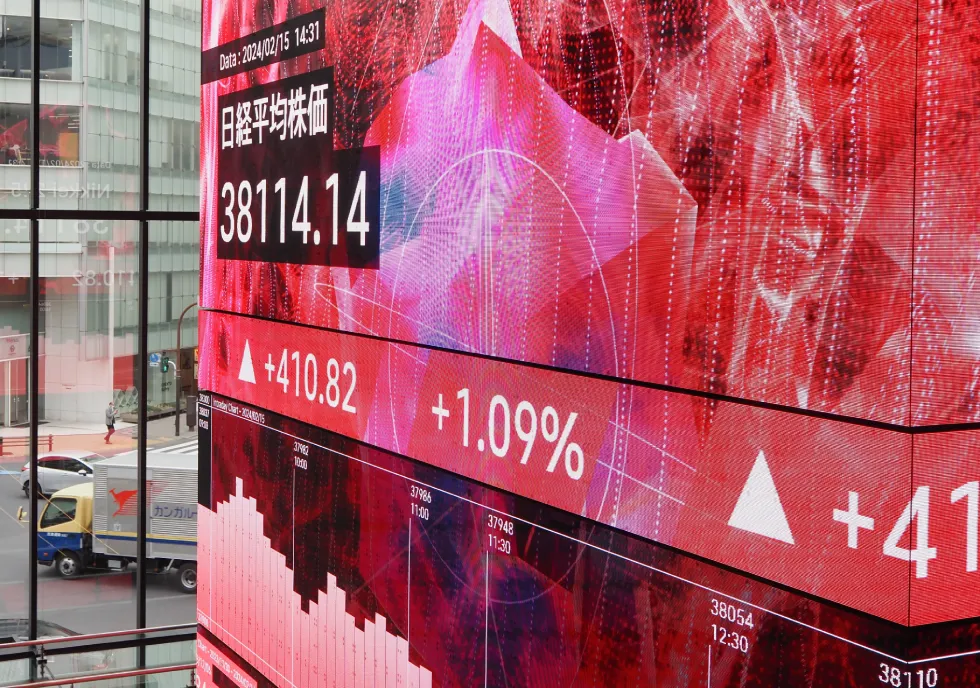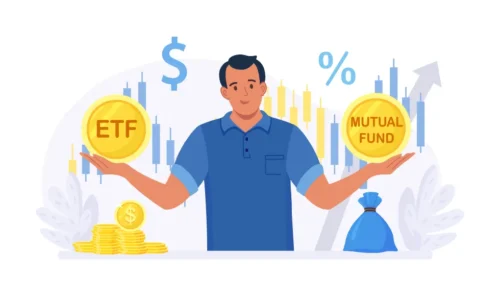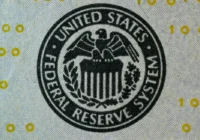On Monday, August 5, the Japanese Nikkei stock market index dropped 12.4%, marking the worst day since the worldwide “Black Monday” crash of October 1987. On August 5, the US S&P 500 index lost 3%, while the tech-heavy Nasdaq lost 3.4%.
The VIX index, a measure of volatility, reached 65, its third-highest reading in history. Only in 2008, after the demise of Lehman Brothers, and in 2020, during the onslaught of COVID-19, did the index top that number.
A reading of 65 on the VIX is very high. To justify such a high volatility, stock prices would have to move by at least 4% (in either direction) on at least 13 trading days over the following 20 trading days. This would indicate a major economic calamity of global importance, which, to our best knowledge, has not occurred.
What happened?
On Wednesday, July 31, the Bank of Japan raised interest rates to 0.25%, sparking a rally in the yen that caught hedge funds off guard.
The same day, the US central bank hinted at a possible interest rate cut in September. Two days later followed a worse-than-expected US job market report. The unemployment rate reached a 3-year high.
As predicted by futures markets, the probability of a 0.5%-point cut in interest rates by September briefly reached 100%, with some contracts even implying a reduction by 0.75 percentage points. Jeremey Siegel, who lectures on finance at the Wharton School at the University of Pennsylvania, called for an immediate 0.75%-point via cut emergency meeting followed by another 0.75%-point cut in September.
Within a few days, the Japanese currency reversed its weakness and gained 13% compared to the US dollar, causing large losses to the so-called yen carry trade.
A carry trade involves borrowing funds in a low-yielding currency, like the yen, and investing the proceeds in a higher-yielding currency, like the US dollar. Since the summer of 2023, a large difference in interest rates between the US (5.3%) and Japan (-0.1%) attracted plenty of money.
The exact size of the yen carry trade is unknown. Cross-border yen loans reached $1 trillion as of March. Speculative positioning in yen futures at the CME futures exchange in Chicago reached 180,000 contracts at the beginning of July. With each contract being worth ¥12.5 million, a total of ¥2.25 trillion ($15 billion) was thus at stake.
The prospect of rising Japanese interest rates combined with falling US interest rates meant the yen carry trade became less attractive. Higher volatility in the yen/dollar exchange rate led quantitative and trend-following investors to reduce their positions.
Why did the Bank of Japan raise rates?
Around 30% of the Japanese population is aged 65 and older, making Japan the country with the highest share of elderly people globally.
Elderly people are retired and live off their savings or fixed pension payments. Their income usually does not adjust to inflation. Elderly people are hurt by inflation.
Japan had built up a network of 54 nuclear reactors. The Fukushima incident in 2011 led to the shutdown of all 54 reactors, of which only 10 are back in operation today. This has left a wide gap in energy production, leading Japan to import large amounts of fossil fuels, which make up roughly a quarter of Japanese imports.
Fossil fuels are quoted in US dollars. A decline of the Japanese yen thus makes imports more expensive, leading to higher inflation. The further the yen/dollar exchange rate declined, the lower the approval rating of the current government fell.
Throughout May, the Japanese Ministry of Finance intervened in foreign exchange markets with more than $62 billion, which did not help to stop the yen’s slide. Hence the surprise interest rate hike in late July.
After having achieved its goal of stabilizing the yen, the Bank of Japan quickly reverted to damage control by stating it would not raise rates during times of market instability.
What does this mean for investors?
Stock markets quickly recovered from Monday’s shock — the Nikkei Index gained 10% and the S&P 500 around 1%. Volatility receded; while current reading (about 28) is still elevated, it is a far cry from Monday’s panic-driven levels.
Monday’s sell-off can be explained by technical factors. But what about fundamentals? The market value of all US equities amounted to $51 trillion as of December 2023, or nearly twice the US GDP. In the past, this has been considered an “expensive” ratio.
Market breadth, or the number of shares participating in a trend, has narrowed down to a few mega-cap stocks. The weight of the ten largest US companies makes up around one third of the S&P 500, a proportion that has been growing for at least 50 years. The weight of the largest stock compared to the stock in the 75 percentile even exceeds levels seen in 1929.
Microsoft trades at 25 times operating cash flow while NVIDIA is valued at 60 times. Few market observers dispute that US stock valuations are exceptionally high, and therefore vulnerable to setbacks.
But what about the economy?
Market turmoil, if sustained, can feed into the “real” economy. Initial public offerings might get postponed due to a lack of risk appetite. Financial costs for corporations might increase as the risk premium over (presumably risk-free) US Treasury bond yields widens. Leveraged takeovers might fail due to lack of financing.
A recent survey of purchasing managers in the manufacturing sector (ISM) showed many companies reporting a noticeable slowdown in business. On the other hand, the (much more important) service sector painted a more benign picture.
Undoubtedly, employment growth is slowing down, while the rate of unemployment has begun to increase slightly. Consumer confidence is between mediocre and abhorrent. Adjusted for inflation, retail sales declined in 15 out of the past 20 months. While personal disposable incomes are still growing by a low single-digit percentage, little is left after accounting for inflation.
Even the current large fiscal deficit of 6–9% of GDP fails to stimulate the economy; the government sector deficit instead translates into a surplus for the foreign sector (a mirror image of the US trade deficit).
Investors hoping that falling interest rates benefit stocks might be disappointed. Financial markets have anticipated those cuts for years, as evidenced by the negative slope in the yield curve.
Now would be a good time to go through portfolios and ask questions. “Would I buy this entire company at this price?” (the question of valuation) and “Would I be comfortable holding this company if the stock market closed for 10 years?” (question of quality).
Yes, in the long run, stocks go up, thanks to the inflationary bias of our fiat system. In the short- and medium-term, the stock market doesn’t owe you anything.
[Anton Schauble edited this piece.]
The views expressed in this article are the author’s own and do not necessarily reflect Fair Observer’s editorial policy.
Support Fair Observer
We rely on your support for our independence, diversity and quality.
For more than 10 years, Fair Observer has been free, fair and independent. No billionaire owns us, no advertisers control us. We are a reader-supported nonprofit. Unlike many other publications, we keep our content free for readers regardless of where they live or whether they can afford to pay. We have no paywalls and no ads.
In the post-truth era of fake news, echo chambers and filter bubbles, we publish a plurality of perspectives from around the world. Anyone can publish with us, but everyone goes through a rigorous editorial process. So, you get fact-checked, well-reasoned content instead of noise.
We publish 2,500+ voices from 90+ countries. We also conduct education and training programs
on subjects ranging from digital media and journalism to writing and critical thinking. This
doesn’t come cheap. Servers, editors, trainers and web developers cost
money.
Please consider supporting us on a regular basis as a recurring donor or a
sustaining member.
Will you support FO’s journalism?
We rely on your support for our independence, diversity and quality.









Comment